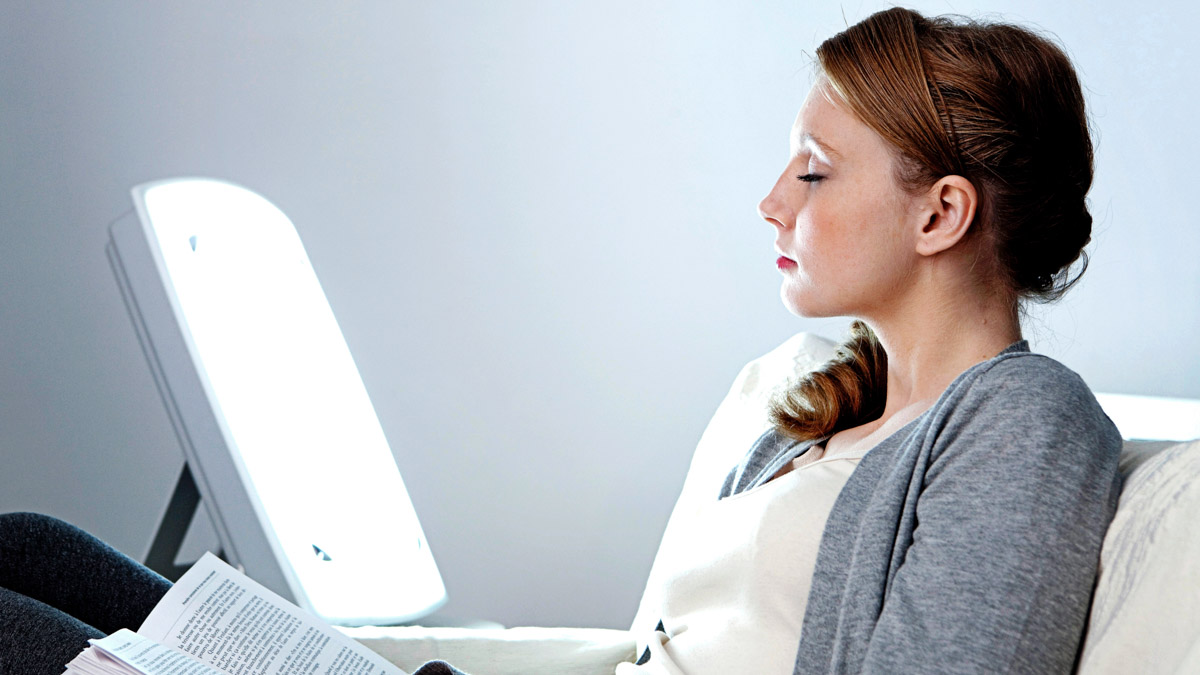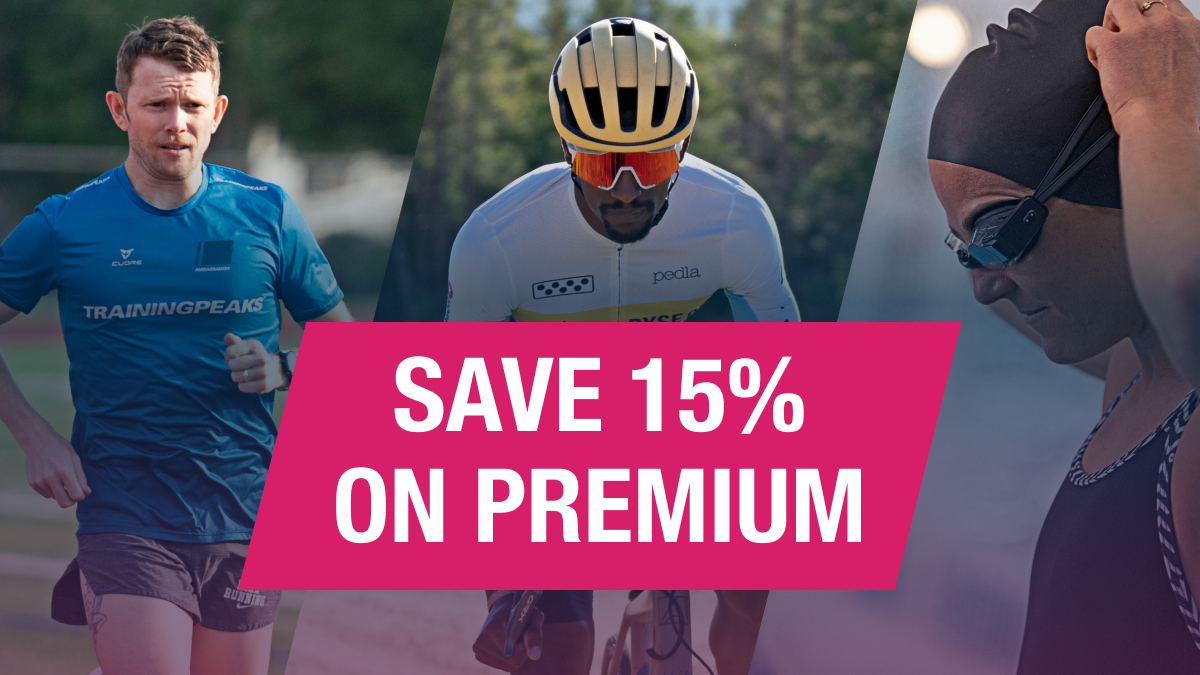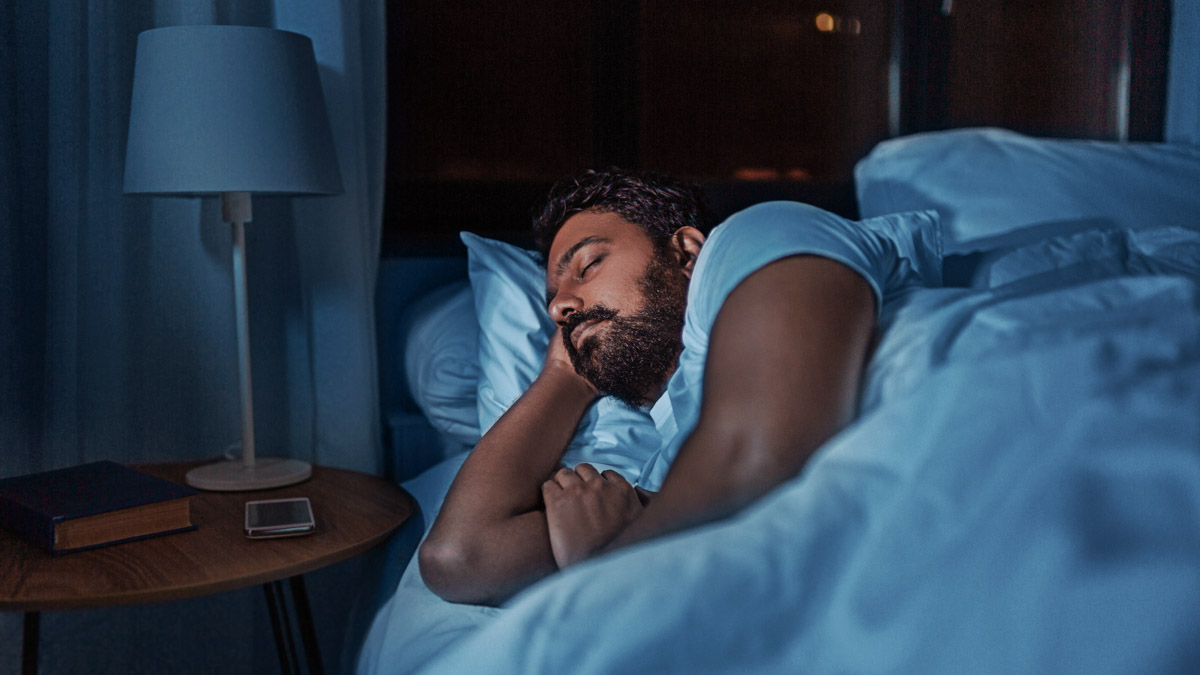Most of us have tried a steamy cup of coffee to shake off the winter morning cobwebs, but have you tried light exposure? With the help of a light box or lamp, bright light therapy (BLT) is a simple practice that uses intense light to help regulate the body’s internal clock and improve mood. It can feel a little like the sunrise that won’t happen for another two hours and have a similar effect on the mind.
Using light to treat various physiological and psychological conditions isn’t new. A Nobel Prize-winning scientist introduced the concept to the mainstream in the early 1900s, and recent technology has picked up the pace of creating safe devices.
What Is Bright Light Therapy?
Bright light therapy exposes users to intense light (usually from a special light box) for a set time each day, typically in the morning for about 30 minutes. The light should be bright enough that the user can comfortably read or do other activities — like pedaling an indoor bike or checking emails — without excessive eye strain.
It is essential to select a light that is 10,000 lux and use it at the proper distance from the face. Mayo Clinic suggests the device produces as little UV rays as possible to prevent skin and eye damage and that users aim for 16-24 inches between their eyes and the light, although different devices have unique specifications. The New York Times’ Wirecutter — which has researched, explained, and reviewed light boxes here — is a good resource for finding one that works for you.
Benefits of Light Therapy for Athletic Performance
Modern light therapy is commonly used to treat seasonal affective disorder (SAD), a type of depression that usually occurs during the fall and winter months when there is less natural light. Besides using light therapy for depression, athletes can also use BLT to boost training and recovery in various ways, including improved sleep quality and mood, increased morning alertness, and adjusted circadian rhythms.
Improve Sleep Quality
The first and most obvious benefit of BLT for athletes is its ability to improve sleep quality. Insufficient sleep can significantly affect athletic performance, with a particular decline in sports-specific skill execution and submaximal sustained exercise bouts. In addition, endurance athletes sometimes have irregular sleep schedules due to training, competing, and traveling demands.
Inconsistent sleep can lead to jet lag and insomnia, negatively impacting performance. BLT can help reset an athlete’s internal clock and improve sleep quality, allowing you to wake up more easily and feel refreshed and alert during training sessions.
Boost Mood
One byproduct of improved sleep is improved mood. Endurance training can be demanding, both physically and mentally. It’s not uncommon for athletes to experience feelings of fatigue and irritability, especially when training heavily. BLT reduces feelings of depression, which can help athletes better handle the mental demands of training and competing. A better mood can also lead to a more positive attitude overall, contributing to more consistent training.
Increase Morning Alertness
Another benefit of BLT is that it can help you wake up more easily and feel more alert during morning training sessions. By using a bright light box in the morning, athletes can mimic the effect of natural sunlight to suppress the production of melatonin, the hormone that regulates sleep. This can help you wake up more naturally and feel more alert during morning training sessions.
Adjust Circadian Rhythms
In addition, BLT may also positively affect circadian rhythms. Circadian rhythm refers to a natural sleep-wake cycle that follows a 24-hour period. Sleep disturbances or travel can wreak havoc on circadian rhythm and affect all aspects of recovery. BLT can help re-regulate the circadian rhythm leading to improved sleep/wake cycles.
It’s important to note that BLT is not a substitute for other methods of performance enhancement, such as proper nutrition, sleep, and regular visits to your doctor. A healthcare professional may help you determine the right light intensity and duration for your needs and ensure that BLT is individually appropriate.
Overall, BLT is a valuable tool for endurance athletes looking to improve their performance and recovery. By regulating your internal clock and improving sleep, mood, and morning alertness, BLT can help you train harder, recover faster, and ultimately achieve your goals. In addition, it’s a relatively safe and non-invasive treatment option that might help you feel happier and more energetic through the darker days of winter. So if you’re looking for an edge in your training or just want to try boosting your energy, consider lighting up your day with bright light therapy.
References
(2019). Artificial Bright Light Therapy for Circadian Rhythm Sleep-Wake Disorders. Retrieved from https://www.thoracic.org/patients/patient-resources/resources/bright-light-therapy-CRSWD.pdf
(2022, March 30). Seasonal affective disorder treatment: Choosing a light box. Retrieved from https://www.mayoclinic.org/diseases-conditions/seasonal-affective-disorder/in-depth/seasonal-affective-disorder-treatment/art-20048298
Blume, C. et al. (2019, August 20). Effects of light on human circadian rhythms, sleep and mood. Retrieved from https://link.springer.com/article/10.1007/s11818-019-00215-x
Cook, J.D. & Charest, J. (2023, January 17). Sleep and Performance in Professional Athletes. Retrieved from https://link.springer.com/article/10.1007/s40675-022-00243-4#:~:text=The%20degrading%20effect%20of%20acute,speed%2C%20oxygen%20capacity%2C%20endurance%2C









